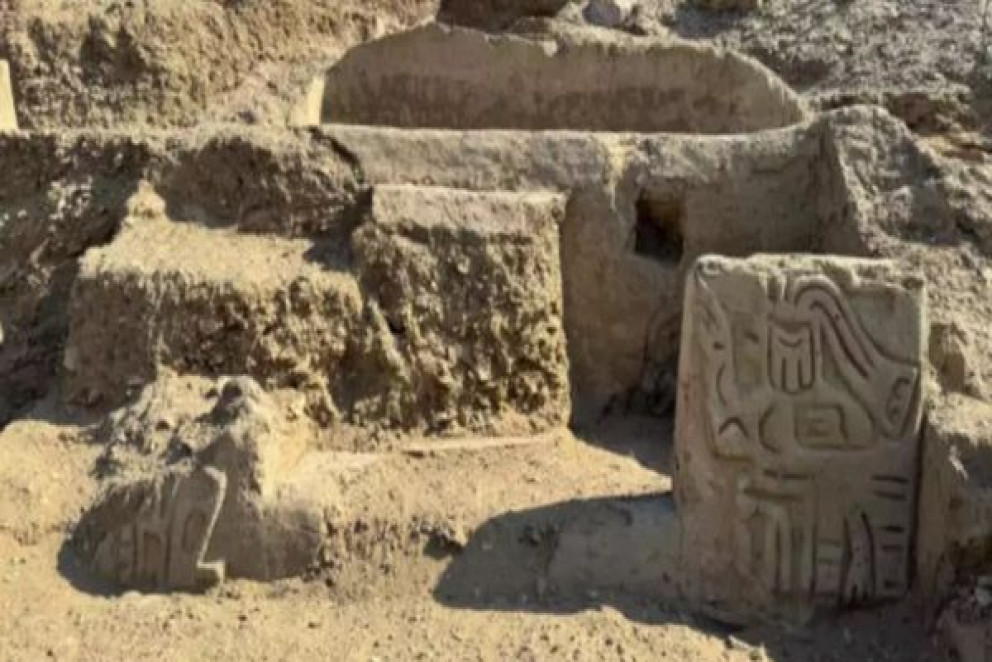Blog Details

Peru: 4000-year-old temple and theatre discovered by archaeologists
Archaeologists in Peru have uncovered what they believe to be a 4,000-year-old temple and theatre, shedding new light on the early origins of complex religions in the region. The discovery was made at the archaeological site of La Otra Banda, Cerro Las Animas, near the northern Peruvian town of Zaña. The team, led by Luis Muro Ynoñán, a research scientist at the Field Museum in Chicago, began their excavation in June after local authorities alerted them to looting activities in the area.Peru is a captivating tourist destination renowned for its rich cultural heritage, stunning landscapes, and diverse attractions. Visitors explore the ancient Incan city of Machu Picchu, the historic streets of Cusco, and the Sacred Valley's scenic beauty. The vibrant capital city, Lima lures people with its museums and culinary delights. Adventure seekers can trek the Andes, explore the Amazon rainforest, or marvel at the mysterious Nazca Lines. And the latest discovery will ignite a new wave of interest among tourists.
The excavation covered a plot approximately 33 ft by 33 ft, revealing ancient mud and clay walls just 6 ft below the surface. "It was so surprising that these very ancient structures were so close to the modern surface," Ynoñán said. As they dug deeper, the team discovered part of a large temple and a small theatre with a backstage area and a staircase leading to a stage-like platform. This theatre was likely used for ritual performances in front of a selected audience.
One of the theatre’s staircases was adorned with mud panels featuring an elaborate carved design of a mythological bird-like creature. This figure resembles other images dating to the Initial Period, around 2,000 to 900 BC, suggesting the temple's age. "The Initial Period is important because it’s when we first start to see evidence of an institutionalized religion in Peru," Ynoñán explained. The discovery provides insight into the early origins of religion in the region.
These findings predate Peru’s most famous archaeological site, Machu Picchu, by about 3,500 years and the pre-Inca cultures of Moche and Nazca. "We don’t know what these people called themselves, or how other people referred to them. All we know about them comes from what they created: their houses, temples, and funerary goods," Ynoñán said. He added that these people developed complex religious systems and cosmological perceptions, which played a significant role in the emergence of political authority.
Ynoñán has a personal connection to the discovery, as his mother’s and father’s families are from the area. "It was really incredible to come face to face with these depictions of an ancient god that was so important for these ancient groups," he shared.
In addition to the temple and theatre, archaeologists found several large murals painted on the walls. Ynoñán collected samples of the paint pigments for lab analysis and plans to conduct carbon dating to confirm the site's age.
Peru is rich in archaeological treasures from pre-Hispanic times. In August, archaeologists unearthed a 3,000-year-old tomb believed to honour an elite religious leader. A few months earlier, they discovered a more than 1,000-year-old adolescent mummy wrapped in a funerary bundle on the outskirts of Lima. These discoveries continue to provide valuable insights into the ancient civilizations that once thrived in the Andes.
Source: Times Of India



